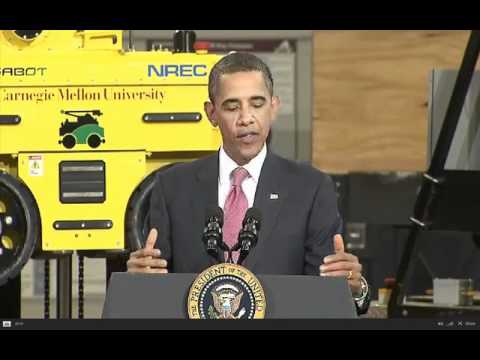It all sounds very rough around the edges, but Stephen Holmes believes we’ll be on the moon within the next couple of years with the help of private enterprise and design technology we use everyday
Over breakfast, between mouthfuls of toast and what passes as a grim excuse for a mug of tea in London, I’ve been dreaming of space travel.
What seemed an imminent shoe-in during the 1960s, spawning futuristic visions of how my morning meal would come in pill form by 2013, a life in space was blown out of all proportion.
The space programs of the old super powers have long since crumbled away as governments and populations have refused to prop them up, yet now there’s new impetus to give us hope.
After legal wrangling and the blessing of NASA, private sector companies have been springing up for the last decade or so, determined to get us past our atmosphere once more.
The public face of this has been space tourism – celebrities stumping up £200k for scheduled flights such as Virgin Galactic.
A polished creation, with some lovely engineering, Virgin’s reusable spacecraft is a fraction of the price of NASA’s space shuttle.
A twin-fuselage mothership is used to piggy-back a smaller craft of paying passengers up to a height where it is released and hybrid motors power it further on into space.
It’s the equivalent of a tour bus ride around the edge of the earth’s atmosphere. I doubt you even get an audio guide.
Yet the system will also be able to launch satellites and other vehicles into space, giving it a commercial purpose beyond initial tourism.
So how long before we’re colonising the moon, or even Mars?
It’s rather simple to answer: a few months. The first private flights to the moon are already scheduled for next year with the goal of setting the foundations for an asteroid mining operation base.
I’ve even met the man that says it will happen, and I believe him, for Naveen Jain is not an ordinary man with dreams of the stars (or possibly even sane — he’ll thank me for saying that).
A founder of Moon Express and a trustee of the Google Lunar X Prize Foundation, journeying into space through private enterprise for him is coming in a matter of months, not years.
The moon, for such a small object, is regularly peppered with asteroids, with no vast expanses of water to hide them.
The amount of precious metals contained within just one asteroid could prove of huge benefit to mankind and the rest of the planet (why destroy our own planet to search for them here?), not to mention the ginormous financial reward for being the pioneering company to do so.
The cost of space travel is dependent on weight payloads, usually fuel, equipment and passengers. If you could create most of that equipment at the destination instead of taking it along for the ride, then it would save a fortune.
This is why 3D printing is of so much interest to the space industry — not only can it help build lighter spacecraft to send into space, a printer could be taken into space to manufacture parts, machines and even structures.
Printer material is more compact, and can be positioned easier for optimum weight distribution. From there, parts could be built on demand from the lunar base.
Titanium is suspected to be prevalent within moon rock; would it be too great a stretch of the imagination to believe that structures could be printed from substances mined on the moon?
The basic technology already exists; some of you will have even used laser sintering today.
Despite the eagerness to get us all having a big lunar disco, chances are that very few of us will be venturing there immediately; the dangers are too great.
We’ll need robots to do some of the work, building our moon base for the future. Roboticist Vijay Kumar, with his students at the University of Pennsylvania’s applied mechanics GRASP lab, are already developing solutions that could benefit these plans.
Designing and building small, agile, flying quadrocopter robots, the project has multiple uses.
Designed in SolidWorks and built with 3D printed parts, these work around mathematical equations giving them not only incredibly agile and autonomous movement, but the ability to swarm with other units.
Acting similarly to a troop of ants or flock of migrating birds, they can act as a team to complete tasks, such as carrying objects and building structures in inhospitable environments.
The key theme of all this is the shift between public and private sector, or to a greater extreme, what used to be done in secretive laboratories and what you can now do from your own home.
It’s been 54 years since mankind first touched down on the surface of the moon. Since then we now have more computing power in our mobile phones than any rocket mission, and more ‘space age’ materials around our homes.
Nearly everyone has access to 3D CAD, with a small section of us even having 3D printers in our homes; taking part in building our own rockets, and producing code for computer programs.
Throughout all the stages of space exploration, NASA and the Soviet space program had to design, engineer and build everything from scratch.
What we’re seeing now is how privately funded companies and individuals are advancing the platform that was built during the Cold War, with rapid incremental development speed a result of increased funding, goals and availability of technology.
The world is catching up fast with the old dream. Now all it needs to solve is finding me a decent cup of tea in the Capital.

Naveen Jain was speaking at the Economist Technology Frontiers event in London.
As of February 2020, Moon Express is focused on supporting NASA under its Commercial Lunar Payload Services (CLPS) contract
Stephen Holmes is Digital Media Editor at DEVELOP3D






